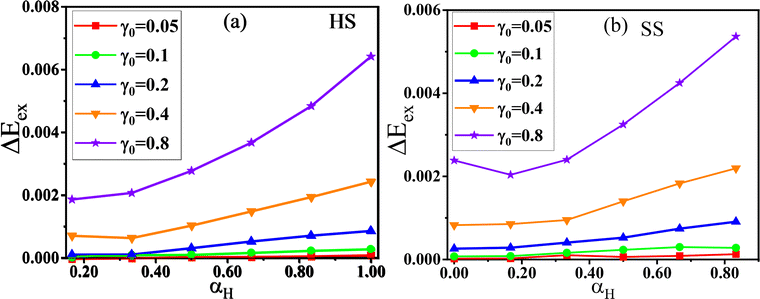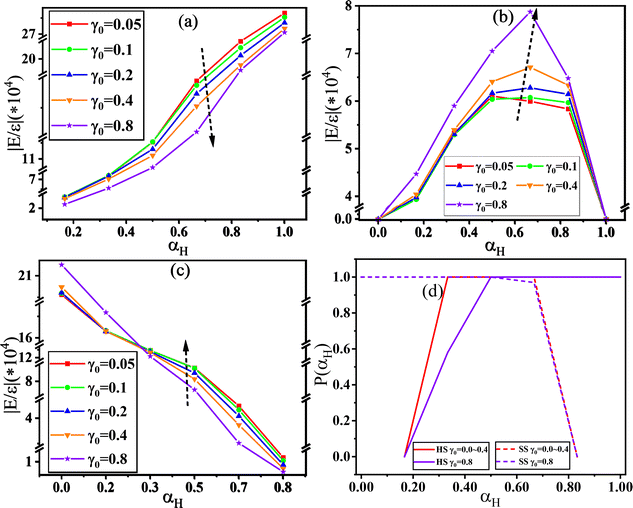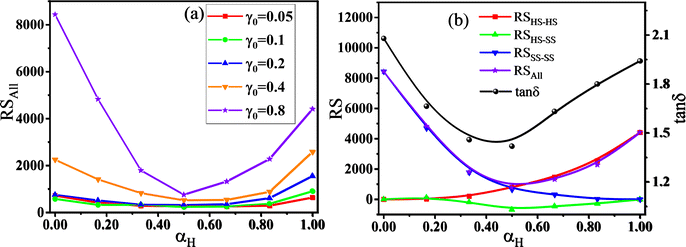 Open Access Article
Open Access ArticleCreative Commons Attribution 3.0 Unported Licence
Correction: Effect of the content and strength of hard segment on the viscoelasticity of the polyurethane elastomer: insights from molecular dynamics simulation
Yimin
Wang
ab,
Ruibin
Ma
ab,
Haoxiang
Li
ab,
Shikai
Hu
ab,
Yangyang
Gao
*ab,
Li
Liu
*ab,
Xiuying
Zhao
*ab and
Liqun
Zhang
ab
aState Key Laboratory of Organic-Inorganic Composites, Beijing University of Chemical Technology, 100029 Beijing, P. R. China. E-mail: liul@mail.buct.edu.cn; gaoyy@mail.buct.edu.cn
bKey Laboratory of Beijing City on Preparation and Processing of Novel Polymer Materials, Beijing University of Chemical Technology, 100029 Beijing, P. R. China
First published on 16th November 2022
Abstract
Correction for ‘Effect of the content and strength of hard segment on the viscoelasticity of the polyurethane elastomer: insights from molecular dynamics simulation’ by Yimin Wang et al., Soft Matter, 2022, 18, 4090–4101, https://doi.org/10.1039/D2SM00463A.
The published article contains display errors in Fig. 1, 3, 6–9 and 12 in which several symbols in axis labels and in inset figure keys are not displayed correctly. The corrected images are shown here. The data and colour scheme in the figures are the same as in the original article; all other content of the article remains the same, and the interpretation of the results remains unchanged. The authors would like to apologise for any inconvenience caused.
 | ||
| Fig. 1 (a) The normalized interaction energy (|E|/ε), (b) the formation probability (P) of the HS or SS and (c) the order parameter (Ψ) with respect to the content of HS αH (T* = 1.0). | ||
 | ||
| Fig. 7 (a) The thermal energy exchange (ΔEex) and (b) the dissipated energy within ten cycles (Wd) with respect to the content of HS αH for different shear strain amplitudes γ0 (T* = 1.0). | ||
 | ||
| Fig. 8 (a) The thermal energy exchange (ΔEex) contributed by each bead for (a) HS and (b) SS respectively with respect to the content of HS αH for different shear strain amplitudes γ0. (T* = 1.0). | ||
The Royal Society of Chemistry apologises for these errors and any consequent inconvenience to authors and readers.
| This journal is © The Royal Society of Chemistry 2022 |




